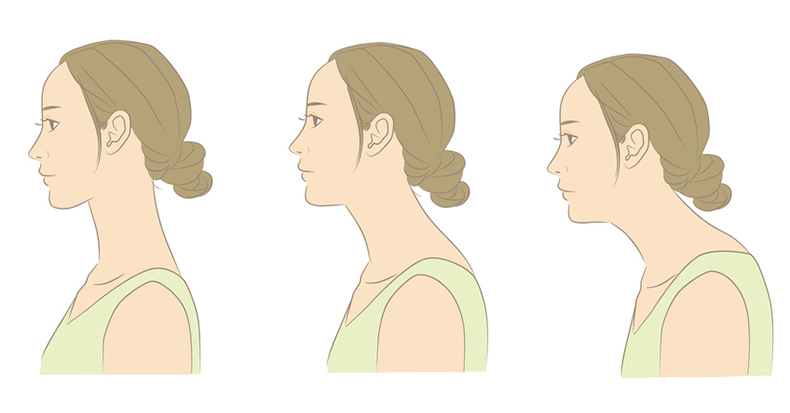According to a 2015 study, 85.7% of headache patients also experience neck pain, a percentage about 50% greater than the non-headache population. Additionally, several studies have shown that treatment to address musculoskeletal issues in the neck can reduce the frequency, intensity, and duration of several types of headaches, including migraines. One of the most important aspects of the neck is the cervical spine, which serves to protect the spinal cord and support the head with its unique curved shape, also known as cervical lordosis.
At birth, the shape of the spine resembles the letter C, and around the age of three months, the cervical spine starts to become lordotic (reversed C) as the baby learns to raise its head. At around six months of age, as the infant adopts seated and standing postures, the lower back or lumbar spine also becomes lordotic. By age one, a baby’s spine includes the three normal curves: cervical lordosis, thoracic kyphosis, and lumbar lordosis.
However, a combination of mechanical overloading, structural degeneration, neck extensor muscles weakness and atrophy, and even trauma can affect the curve of the cervical spine. This can lead the head to rest forward of the sagittal plane, causing the muscles and soft tissues at the back of the neck and shoulders/upper back to work harder to keep the head upright, which can contribute to headaches.
In a March 2023 study, researchers compared headache characteristics of patients with normal cervical lordosis and patients with loss of cervical lordosis. While the research team found no differences between the groups with respect to frequency, severity, localization, lateralization, and spread, they did observe that loss of lordosis is associated with longer headache duration. The authors concluded that the loss of cervical lordosis resulted in longer lasting headaches, and this unique finding should be addressed in the headache management process when present.
As each patient is unique and each doctor of chiropractic brings their own clinical experience and training (including post-grad training) to the table, the treatment process for restoring cervical lordosis can vary from patient to patient. However, treatment will likely include a multimodal approach that includes strengthening of the cervical extensor muscles (often weak in patients with loss of cervical lordosis), cervical spinal manipulation, extension cervical traction, and at-home exercises and posture training. As demonstrated in a February 2022 case report, a 26-year-old female with a history of headaches and loss of cervical lordosis experienced a resolution of her headaches following an eight-week treatment plan to restore the cervical curve.




